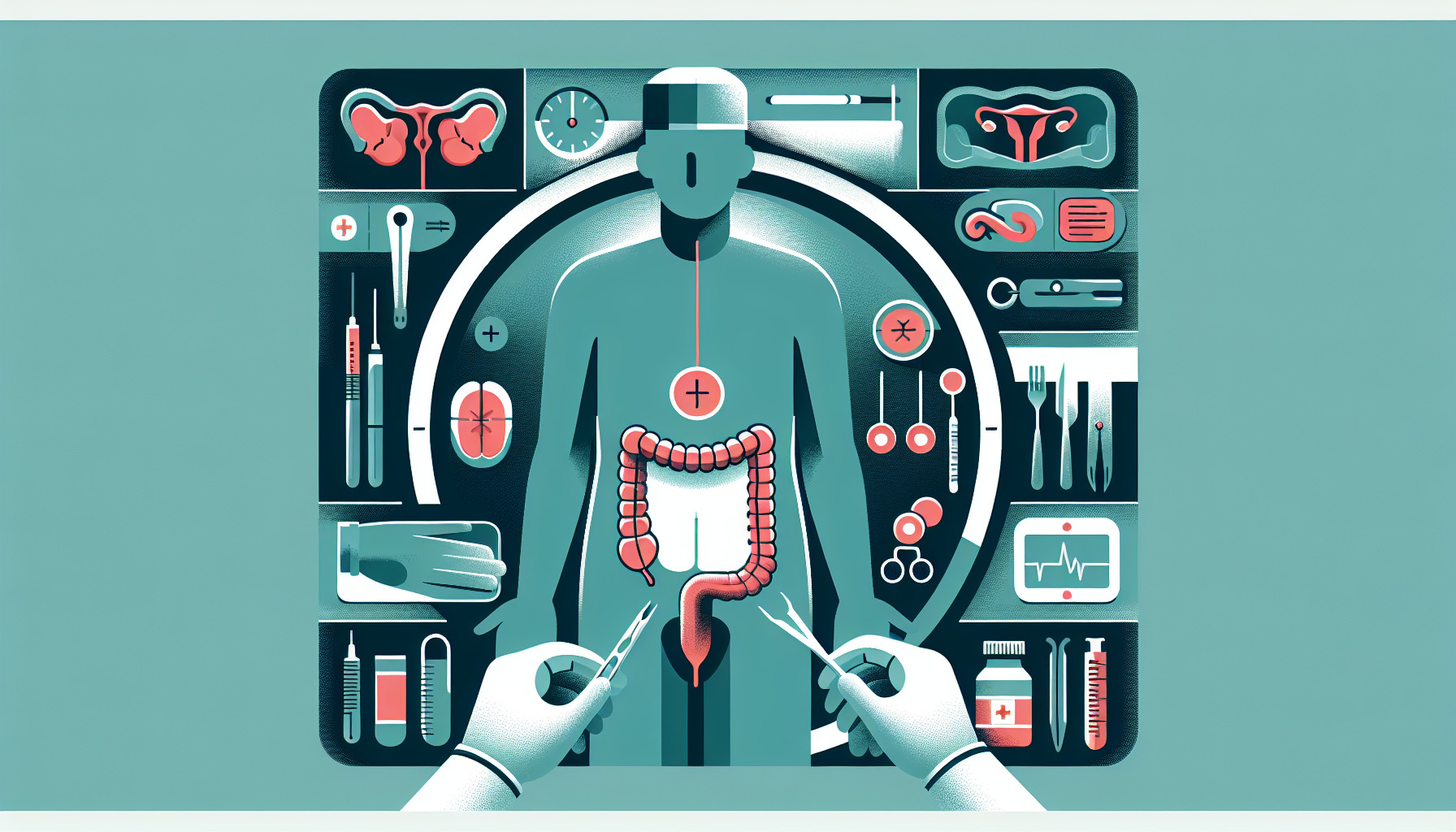Our Summary
This research paper is a review of two treatments for hemorrhoids: LigaSure hemorrhoidectomy and the Procedure for Prolapse and Hemorrhoids (PPH). Researchers analyzed results from five studies involving 397 participants. They found that the LigaSure procedure had a lower recurrence rate of hemorrhoids and was quicker to perform. However, there was no significant difference in terms of recovery time, and both procedures were considered safe. The researchers concluded that while the LigaSure technique seems to have some advantages, further research with larger studies and longer follow-up time is needed to confirm these findings.
FAQs
- What is the difference between the LigaSure hemorrhoidectomy and the Procedure for Prolapse and Hemorrhoids (PPH)?
- Which procedure between LigaSure and PPH has a lower recurrence rate of hemorrhoids according to the research?
- Did the research find any significant difference in terms of recovery time between LigaSure and PPH procedures?
Doctor’s Tip
A helpful tip a doctor might tell a patient about hemorrhoidectomy is to follow post-operative care instructions closely, including taking any prescribed pain medication, keeping the area clean and dry, and avoiding straining during bowel movements. It is also important to eat a high-fiber diet, stay hydrated, and avoid sitting for long periods of time to help prevent recurrence of hemorrhoids. Regular follow-up appointments with your doctor are important to monitor healing and address any concerns.
Suitable For
Patients who are typically recommended for hemorrhoidectomy are those who have severe or recurrent hemorrhoids that do not respond to conservative treatment such as dietary changes, fiber supplements, and topical treatments. Candidates for hemorrhoidectomy may experience symptoms such as persistent pain, bleeding, itching, and swelling. Additionally, patients with large external hemorrhoids, thrombosed hemorrhoids, or hemorrhoids that cause prolapse or protrusion may also be recommended for surgery. It is important for patients to discuss their symptoms and treatment options with a healthcare provider to determine if hemorrhoidectomy is the best course of action for their individual case.
Timeline
Before hemorrhoidectomy:
- Patient experiences symptoms of hemorrhoids such as pain, itching, bleeding, and discomfort.
- Patient consults with a doctor who performs a physical examination and may recommend conservative treatments such as dietary changes, topical creams, and sitz baths.
- If conservative treatments are ineffective, the doctor may recommend a hemorrhoidectomy as a surgical treatment option.
After hemorrhoidectomy:
- Patient undergoes the hemorrhoidectomy procedure, either with the LigaSure technique or PPH.
- Patient may experience some pain and discomfort in the days following the surgery.
- Patient is advised to follow post-operative instructions such as taking pain medication, eating a high-fiber diet, and avoiding straining during bowel movements.
- Patient attends follow-up appointments with the doctor to monitor healing and address any concerns.
- Over time, the patient should experience relief from hemorrhoid symptoms and a lower risk of recurrence.
What to Ask Your Doctor
- What are the risks and potential complications associated with a hemorrhoidectomy procedure?
- How long is the recovery process expected to take?
- Will there be any dietary or lifestyle changes I need to make before or after the procedure?
- What type of anesthesia will be used during the procedure?
- Are there any alternative treatment options available for my hemorrhoids?
- How experienced are you in performing hemorrhoidectomy procedures?
- What is the success rate of the LigaSure hemorrhoidectomy compared to other traditional procedures?
- How soon after the procedure can I expect to see improvement in my symptoms?
- Are there any specific post-operative care instructions I need to follow to promote healing?
- What can I do to prevent the recurrence of hemorrhoids in the future?
Reference
Authors: Zhang L, Xie Y, Huang D, Ma X, Wang W, Xiao H, Zhong W. Journal: Medicine (Baltimore). 2022 Jan 21;101(3):e28514. doi: 10.1097/MD.0000000000028514. PMID: 35060505
